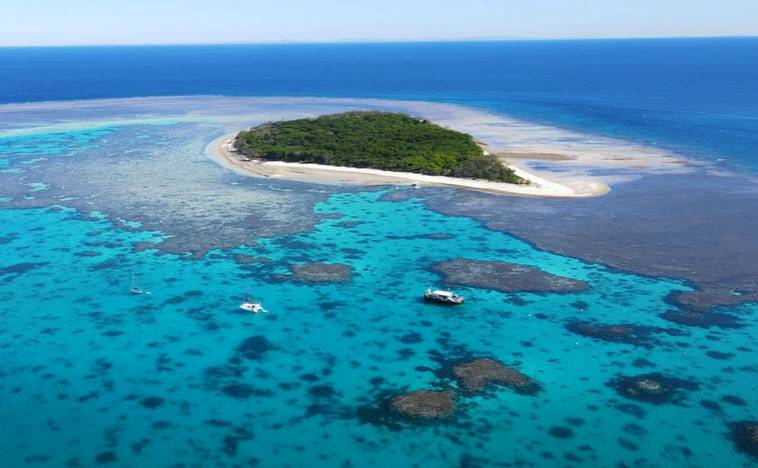
February 16, 2025
Source: University of South Australia (YouTube)
Researchers at the University of South Australia are designing a global real-time monitoring system to help save the world’s coral reefs from further decline, primarily due to bleaching caused by global warming.
Coral reefs worldwide are dying at an alarming rate, with 75% of reefs experiencing bleaching-level heat stress in the past two years.
The World Heritage-listed Great Barrier Reef (GBR) has been decimated by severe bleaching events since 2016, exacerbated by ongoing crown-of-thorns starfish outbreaks and coastal development.
A collaborative project led by the University of South Australia, with input from Queensland and Victorian researchers, is integrating remote sensing technologies with machine learning, AI and Geographic Information Systems (GIS) to monitor and hopefully stall the damage.
A multimodal platform will distil all research data relating to coral reefs, including underwater videos and photographs, satellite images, text files and time-sensor readings, onto a central dashboard for real-time global monitoring.
Lead researcher Dr Abdullahi Chowdhury says that a single centralised model will integrate all factors affecting coral reefs and provide environmental scientists with real-time predictions.
“At the moment we have separate models that analyse substantial data on reef health – including bleaching levels, disease incidence, juvenile coral density and reef fish abundance – but these data sets are not integrated, and they exist in silos,” Chowdhury says.
“Consequently, it is challenging to see the ‘big picture’ of reef health or to conduct large scale, real-time analyses.”
The researchers say an integrated system will track bleaching severity and trends over time; monitor crown-of-thorns starfish populations and predation risks; detect disease outbreaks and juvenile coral levels; and assess reef fish abundance, diversity, length, and biomass.
“By centralising all this data in real time, we can generate predictive models that will help conservation efforts, enabling earlier intervention,” according to Central Queensland University PhD candidate Musfera Jahan.
Coral reefs make up just 1% of the world’s ocean area but they host 25% of all marine life.
The technology will bring together datasets from organisations like the National Oceanic and Atmospheric Administration (NOAA), the Monterey Bay Aquarium Research Institute (MBARI), the Hawaii Undersea Research Laboratory (HURL) and Australia’s CSIRO.
The study has been published in the journal Electronics.
Subsea Global Solutions has executed a complex in-water thruster installation and rudder bushing replacement, eliminating…
Eyesea, in partnership with environmental consultancy Paz Recycling, has concluded a pilot program to monitor and manage…
Chase, probe, embrace, flex, push. It’s probably too much information, but that is how krill mate.The behavior was recorded…
In 2024, annual average global air temperatures surpassed 1.5 degrees Celsius above pre-industrial levels for the first time…
UC San Diego’s Scripps Institution of Oceanography issued a request for proposals (RFP) to select a shipyard for the final…
PODCAST: Fascinated by Shipwrecks – Episode 7 – Guest: Dr. Art Trembanis, University of Delaware According to marine scientist…
Marine Technology Reporter is the world’s largest audited subsea industry publication serving the offshore energy, subsea defense and scientific communities.
Marine Technology ENews is the subsea industry’s largest circulation and most authoritative ENews Service, delivered to your Email three times per week
Subscribe for MTR E-news

More Stories
Community Snapshot—October
2025 Postel Awardee David Clark, an Architect and Implementer of the Internet
Making Internet Policy Make Sense—Your Multilingual Guide to the Internet